
Hawk65 and 8K Deliver Bold Style
The Colony is a dystopian thriller in which an astronaut shipwrecks on a future Earth – essentially a wasteland of water in which a few desperate souls survive. Executive-produced by Roland Emmerich, the project reunited director Tim Fehlbaum and director of photography Markus Förderer, ASC, BVK, who collaborated a decade ago on Apocalypse (aka Hell). The project’s unique production design and setting offered Förderer the opportunity to craft a bold visual style in which Hawk65 Anamorphic lenses served as a primary element.
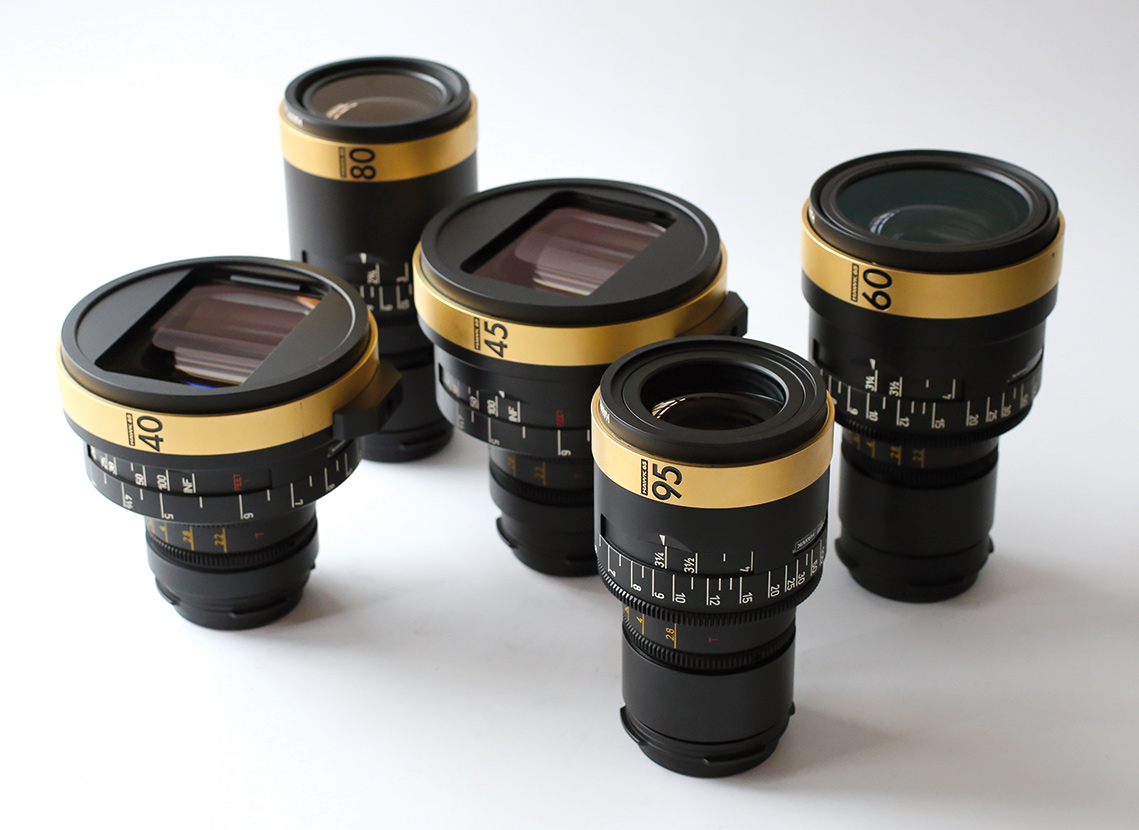
During a long gestation, The Colony shoot was planned for extensive tidal flats that are part of the Wadden Sea at the edge of northern Europe. In certain spots, one can look in 360 degrees and see only water – a “wet desert,” according to Förderer. Once they scouted, the filmmakers realized that given budget constraints and a four-hour daily shooting window due to changing tide and lighting conditions, a good deal of the shotlist would need to be accomplished on stages under controlled conditions.
Some testing was done in Super 16 format with Hawk 1.3x Anamorphics, and later Förderer shot a proof of concept with a Red Monstro and Hawk V‑Lite Vintage‘74s in standard 2x anamorphic. But by the time the shoot was actually initiated, Hawk had a prototype set of Vintage‘74s in 65mm format, rounding out his lens choice for the project.
“Tim has an unique artistic eye” says Förderer. “His background is in documentaries, and he is striving for a feeling of reality in his movies. He’s very graphic, and he never really liked anamorphic distortion – even though all his favorite movies are anamorphic! So when I learned about the Hawk65s and their 1.3x squeeze, I shot a test. I knew I could get Tim on board to shoot them because they are a good compromise – it’s anamorphic, but not too crazy. The look was already so extreme, in part because the tide line is like a mirror reflecting the sky.”
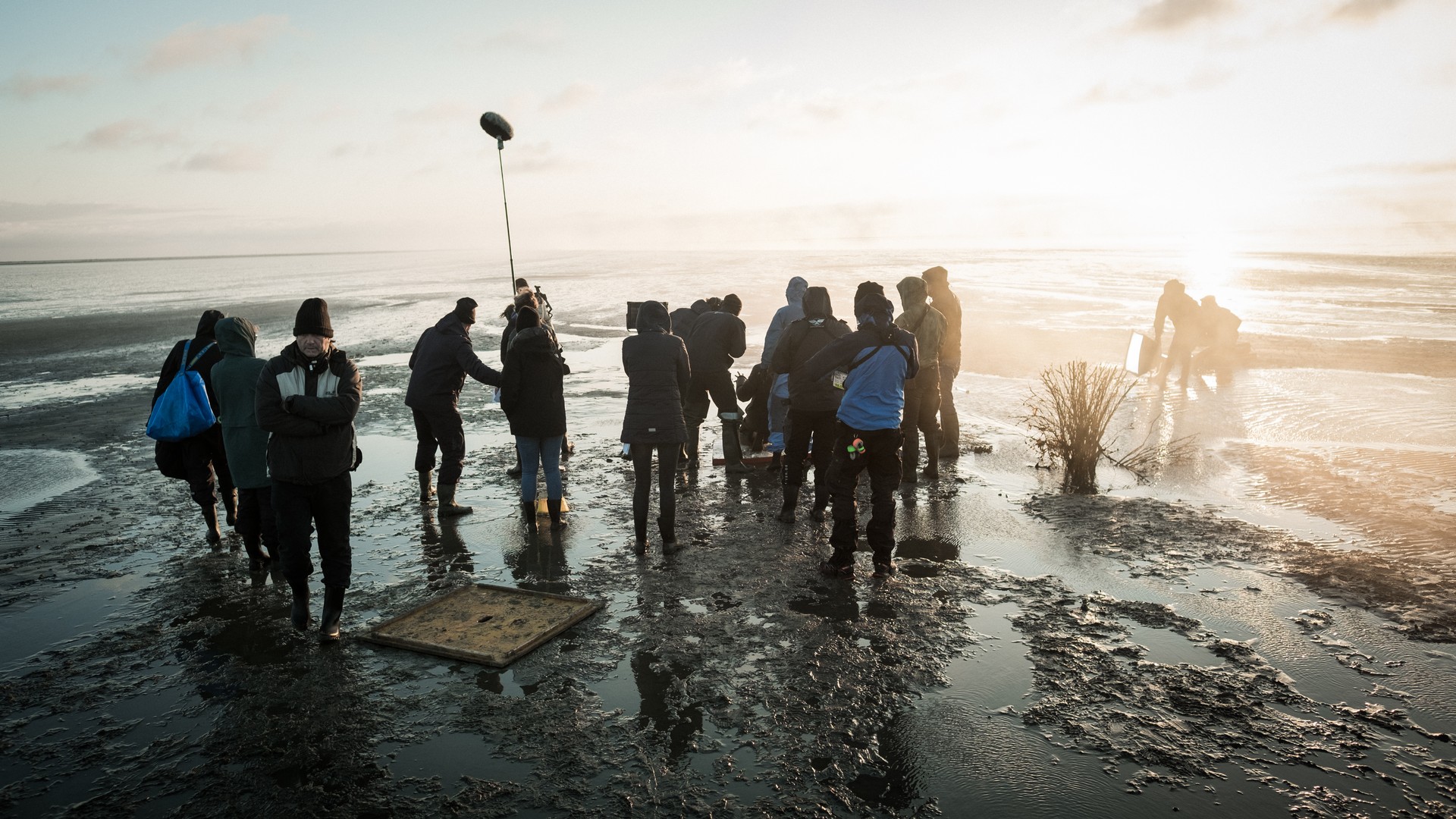
In the end, they shot the original location for only three days. A huge tank set at Bavaria Studios was surrounded by a photo backdrop that Förderer could backlight to maintain continuity with the skies, reflections and time of day. Engineers who had worked on the original Das Boot (Jost Vacano, 1981) came out of retirement to work on the project. Förderer further matched the location footage and the stage footage by using the same handheld aesthetic with a relatively compact camera/lens setup despite the big format. The impressionistic sky backing meant there were no parallax issues to speak of.
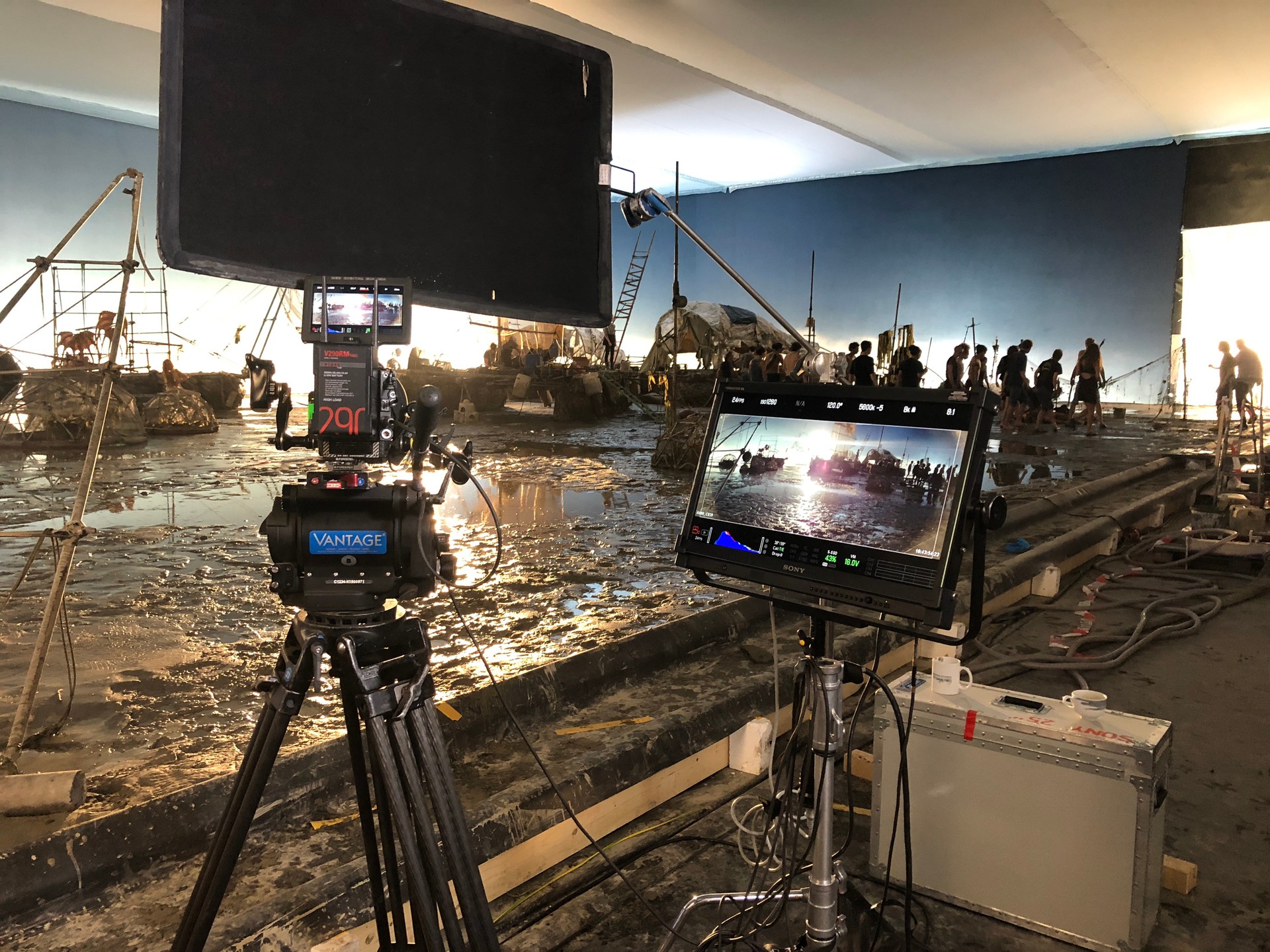
“It was a super-slick rig,” he says. “It was easy to run around. This approach gives the actors a lot of freedom to try different versions and improvise. The movement of the camera helps create a sense of chaos in certain scenes. We had a Teradek transmitter, and the camera has built-in ND, so there were no boxes or wires. The Hawk65 Anamorphics worked well with the atmosphere and the humidity, giving us an additional layer that really helped sell it.”

While both, the Hawk65s as well as the Hawk65 Vintage’74s are specifically designed for increased sensor sizes with a versatile 1.3x squeeze, the vintage version delivers the visual signature and 2x bokeh of 1970s anamorphic glass along with high performance mechanics. Soft, natural contrast works hand-in-hand with the unique depth of field and other subtleties of large format imaging.

“We had everything we needed – large format, a 1.3x squeeze that’s not too crazy, and shallow depth of field which helped create the illusion of depth when we needed it,” says Förderer. “ On location, sometimes we only had a few minutes when the light was right. Once we got to the stage, sometimes we’d redo a wide shot just for safety or to give the editor options, and although I thought it might be impossible to shoot that wide without it falling apart, those shots intercut well. If you had trees and cars, you might be able to tell that the backing is not that far back. But handheld camera and the lenses helped to break that up.”
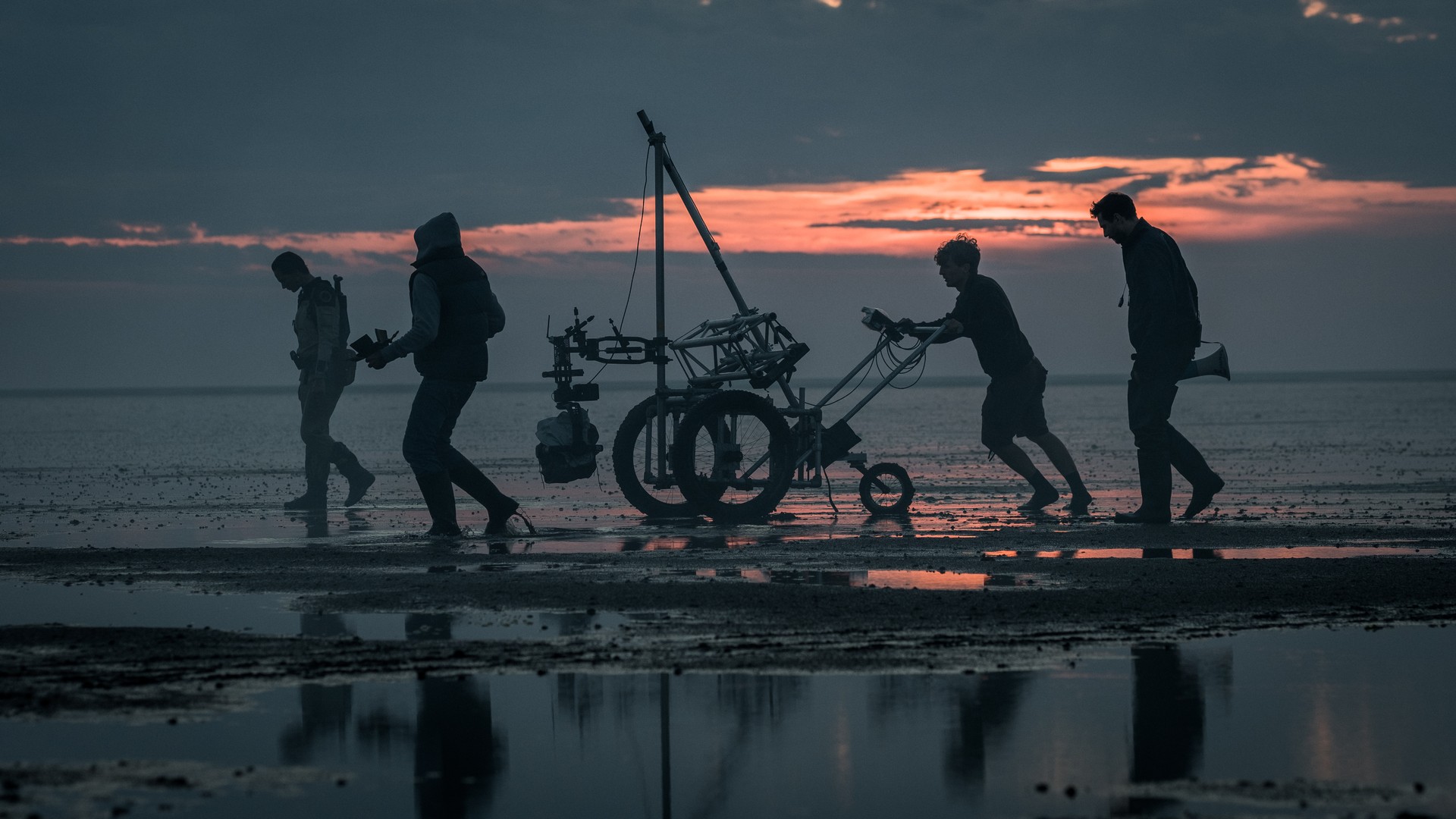
Using the entire Monstro sensor with the 1.3x squeeze results in a 2.40 widescreen image. Shooting at 8K for a 4K finish gathered the maximum resolution to bring into post.
“This was quite amazing,” says Förderer. “It really helped me find detail in the skin. There’s no sharpening going on because the camera has so much resolution. The ability to run and gun while still getting 8K resolution was also very helpful in Bangladesh, where we were grabbing shots here and there under dangerous circumstances and uncontrolled lighting. 8K gave us peace of mind and flexibility in the edit.”
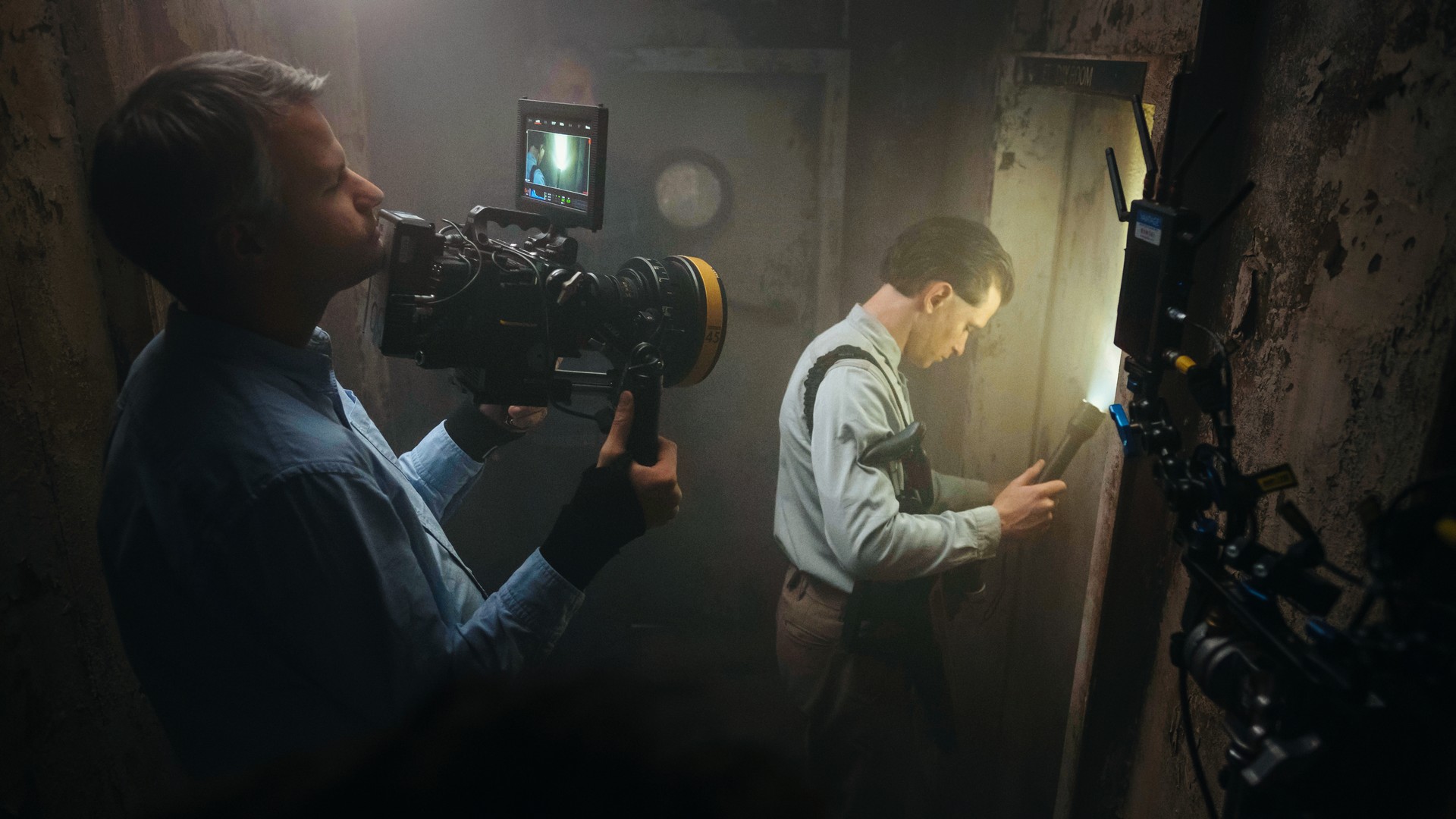
The Colony debuted at the Berlin International Film Festival in March. At the Bavarian Film Awards, Fehlbaum and Förderer took top honors for direction and cinematography, respectively. The film was released in Germany and the U.S. on August 27, 2021.
Watch the official trailer here.
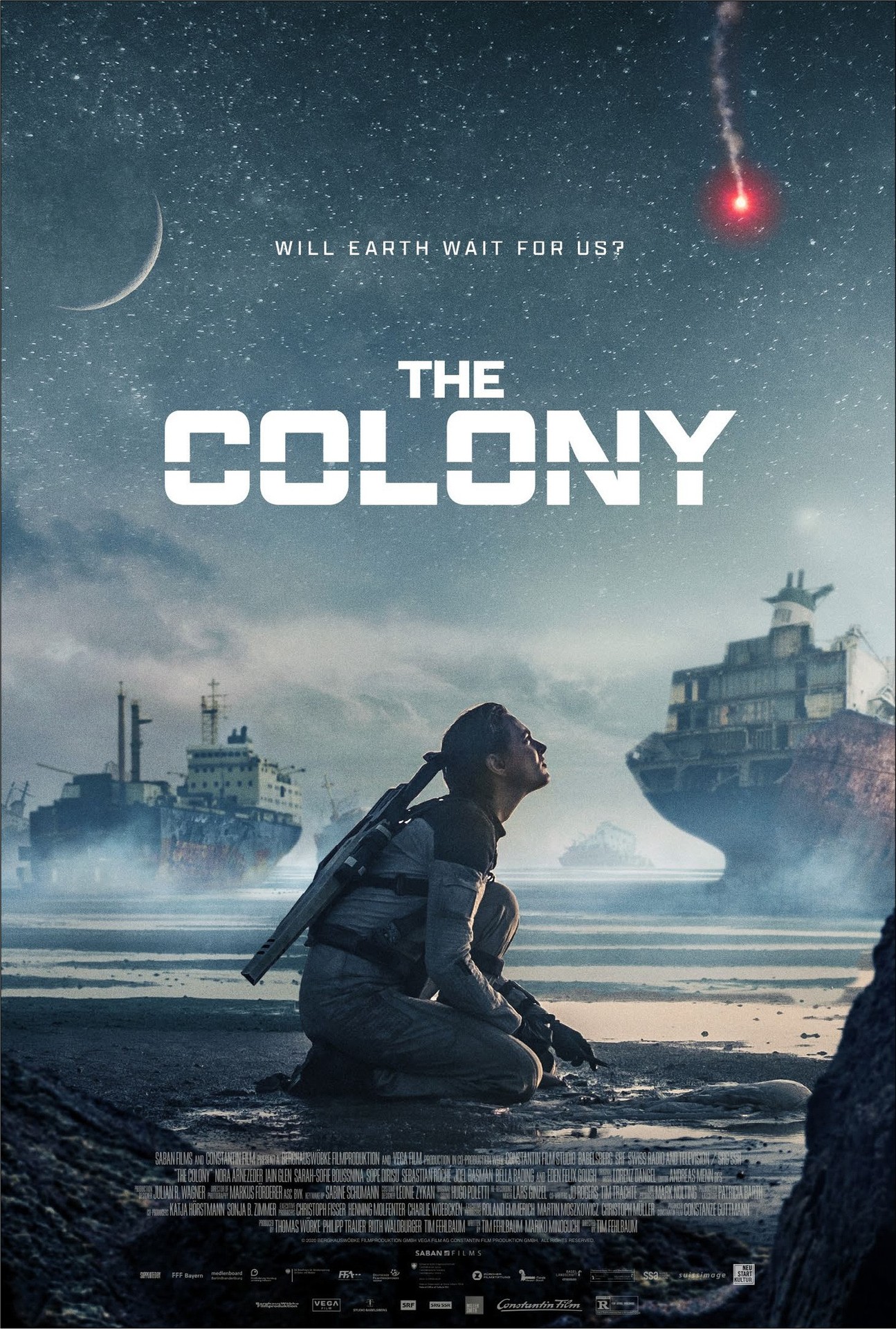
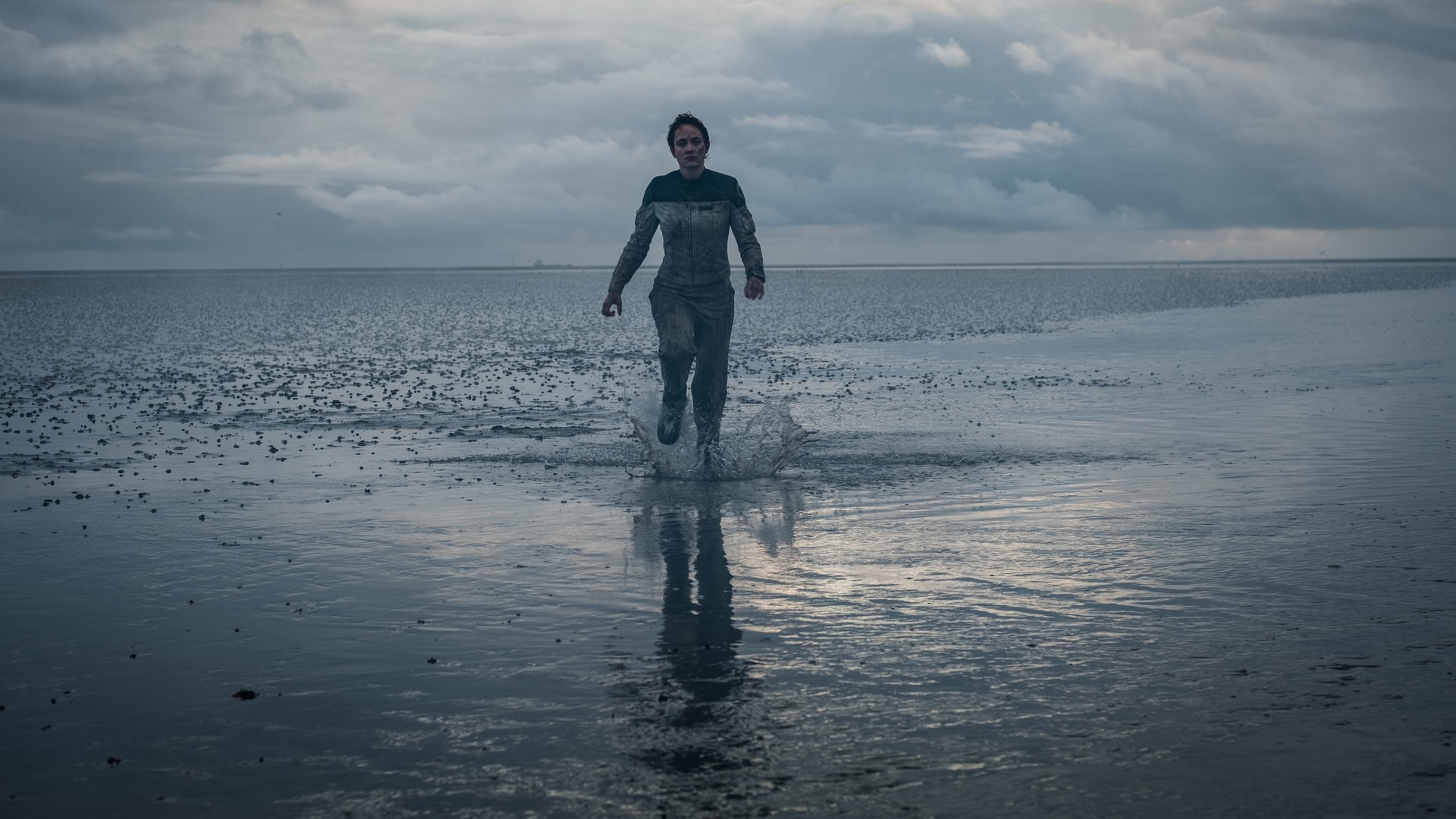
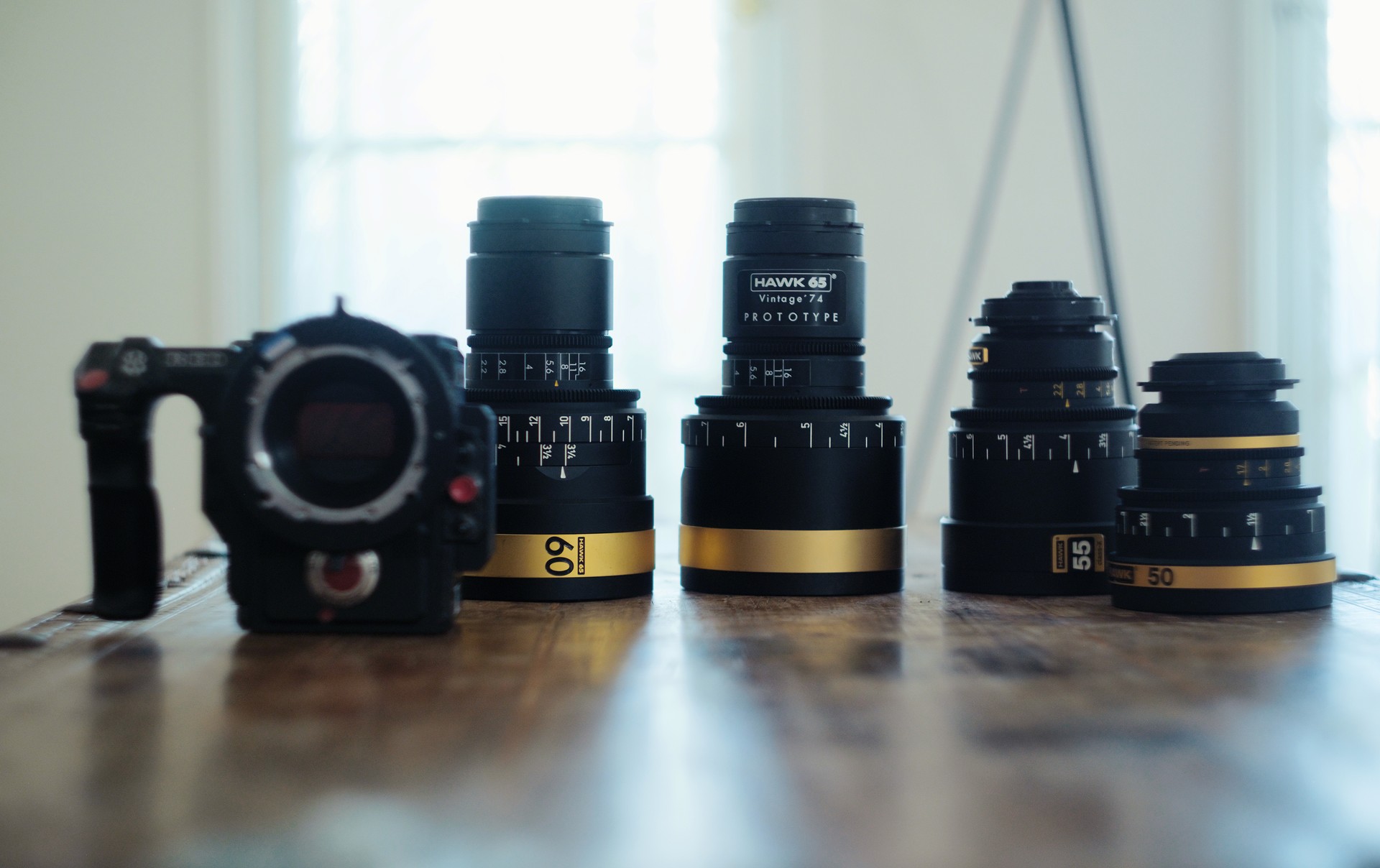
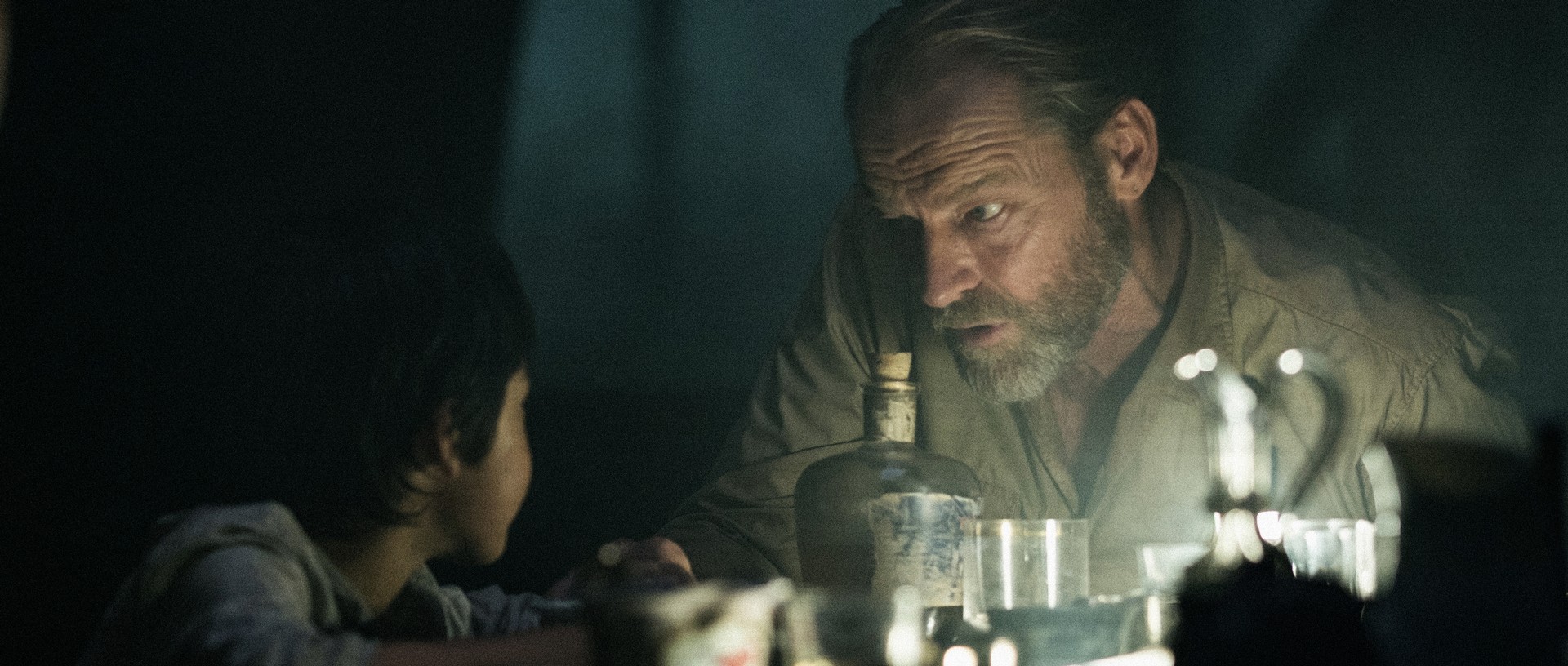
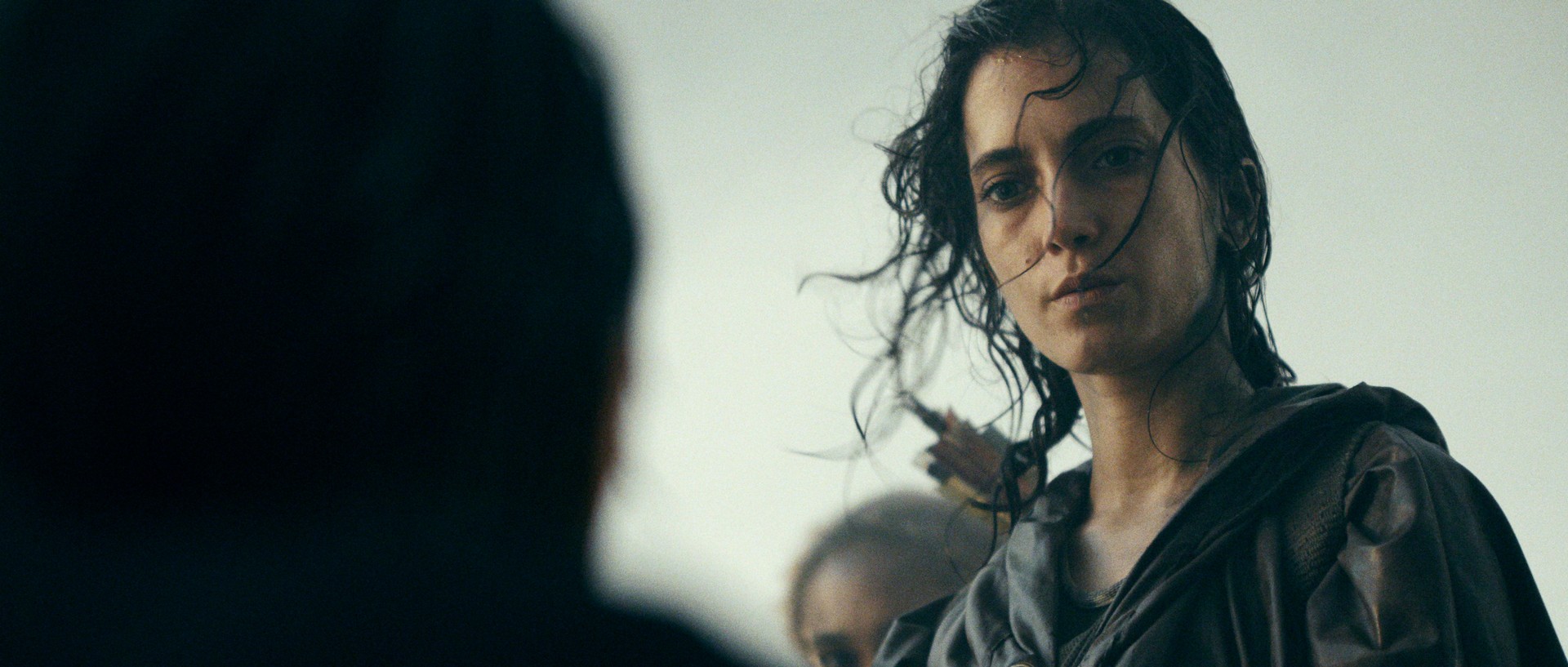
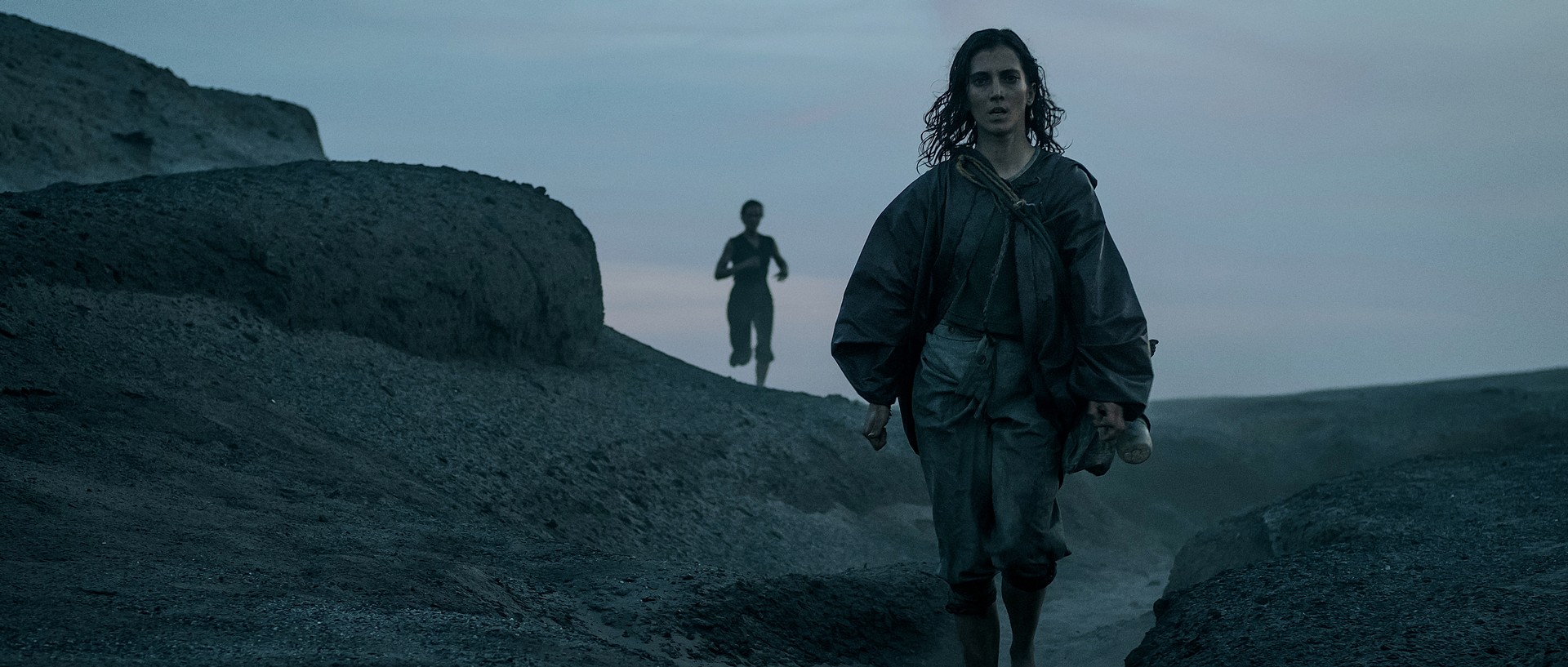
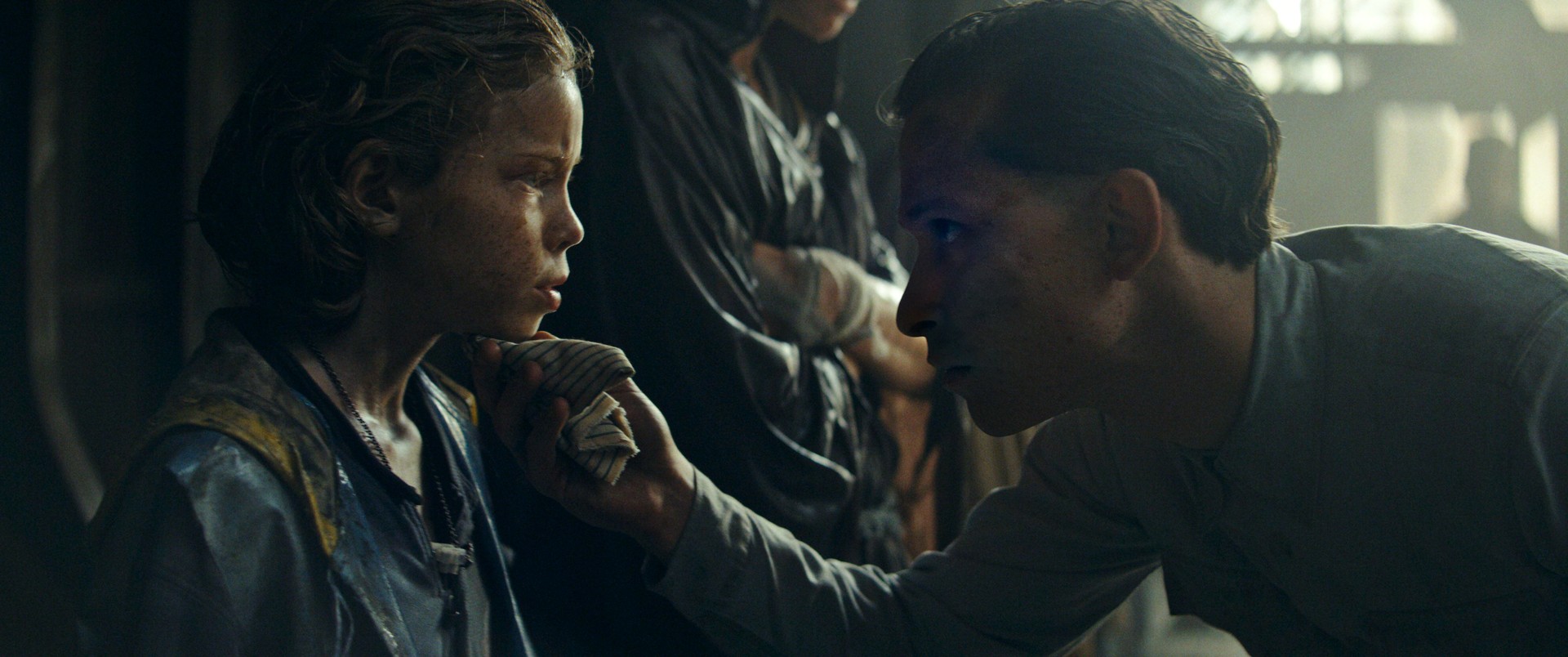
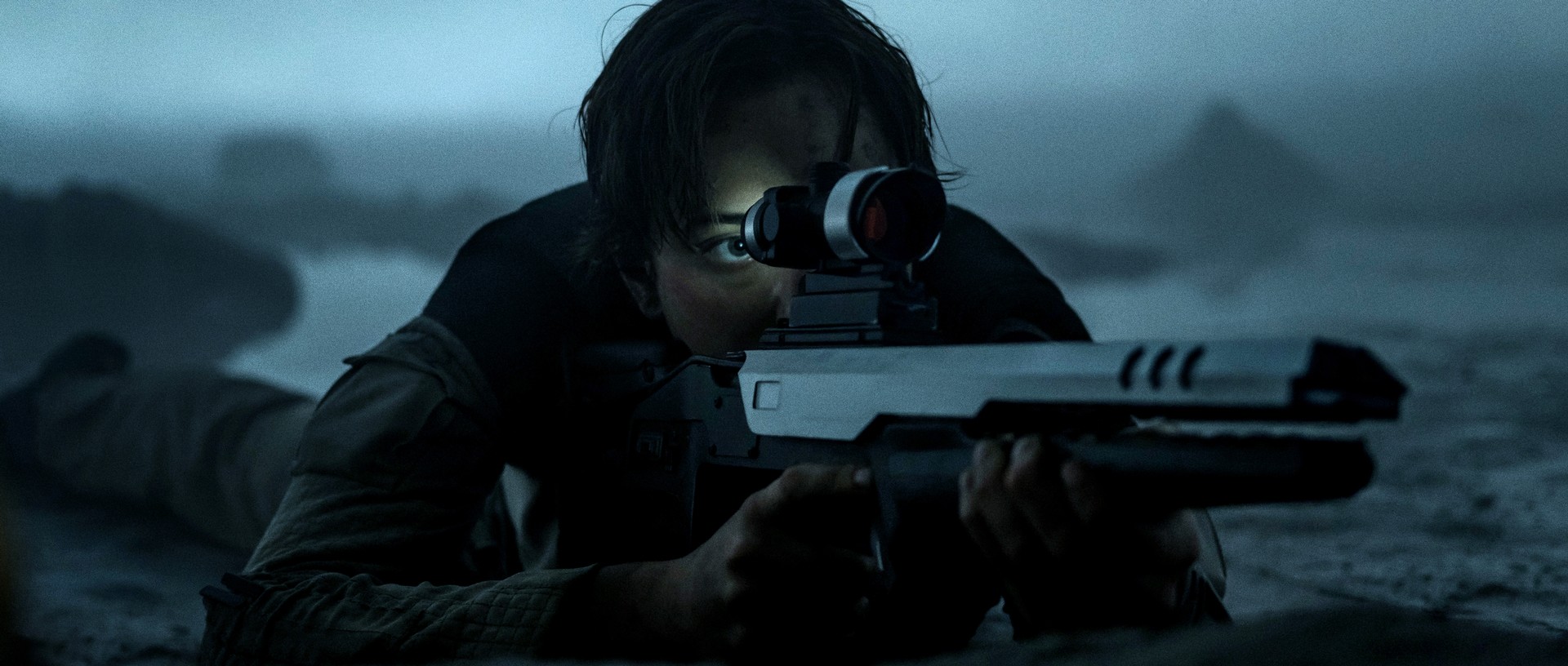
images: Vantage Film/VEGA Film/Markus Förderer, ASC, BVK